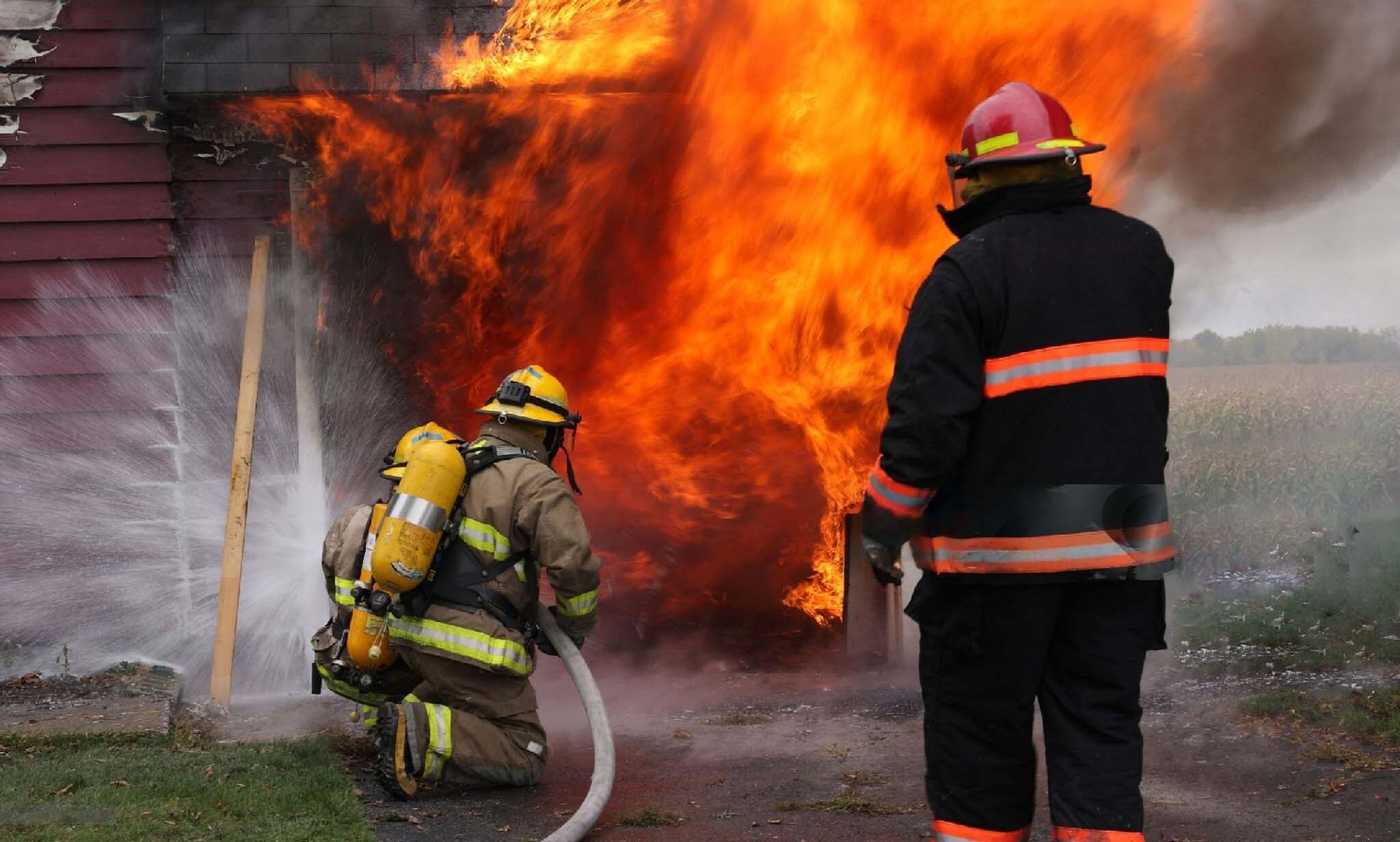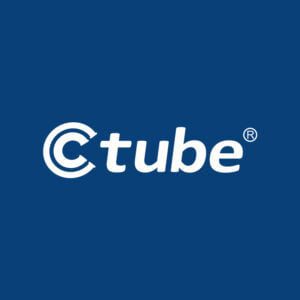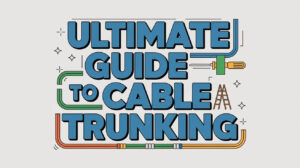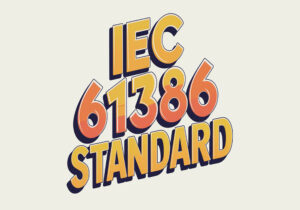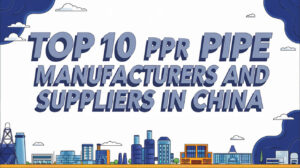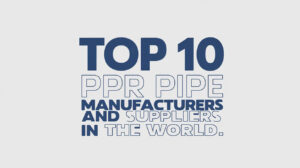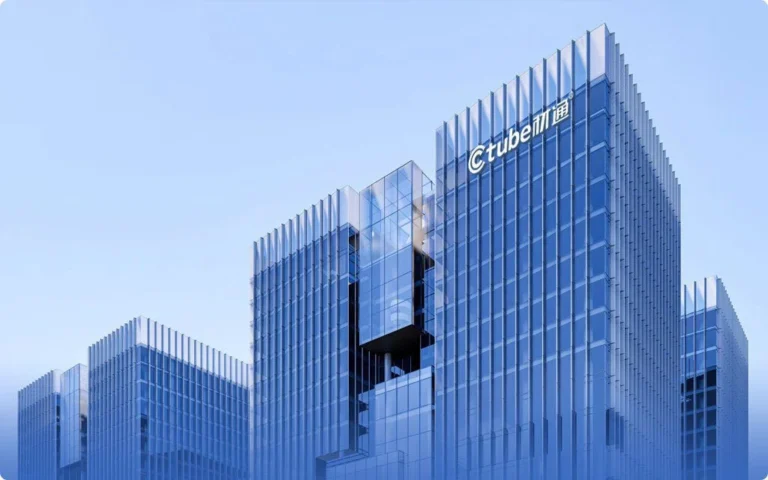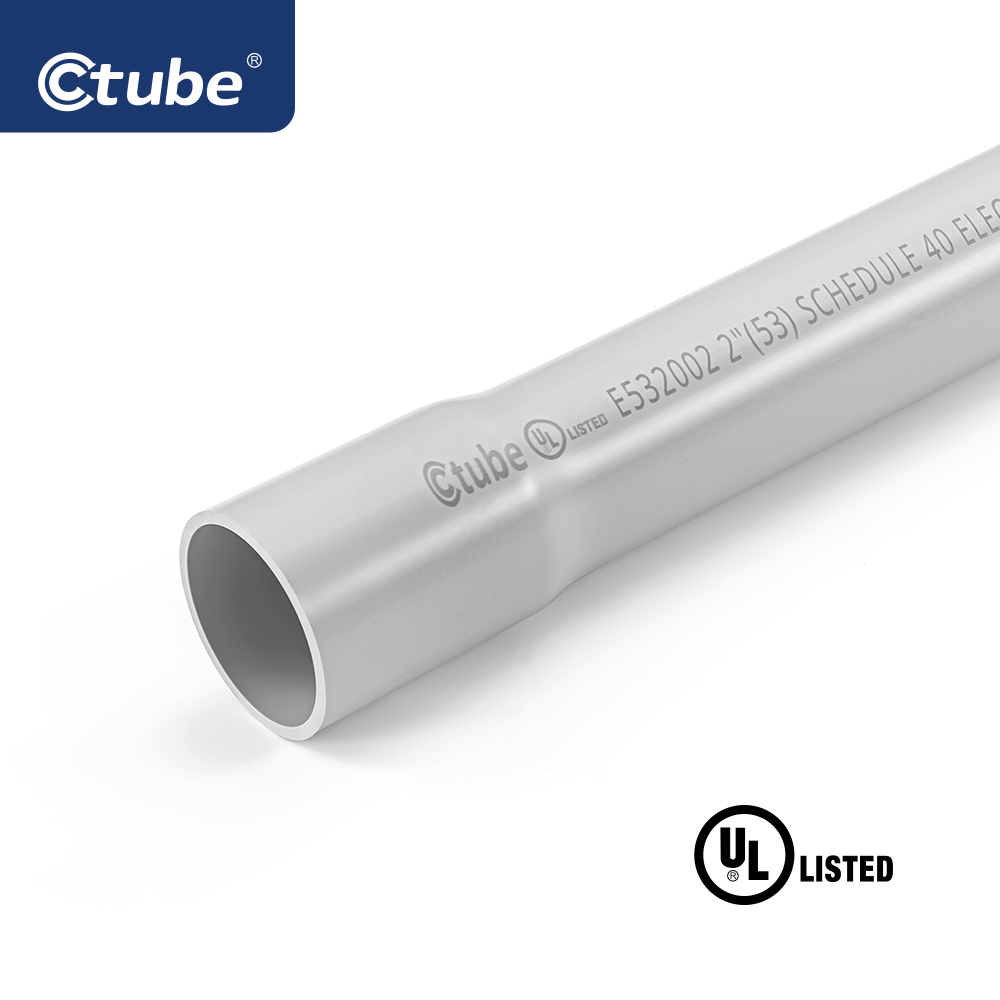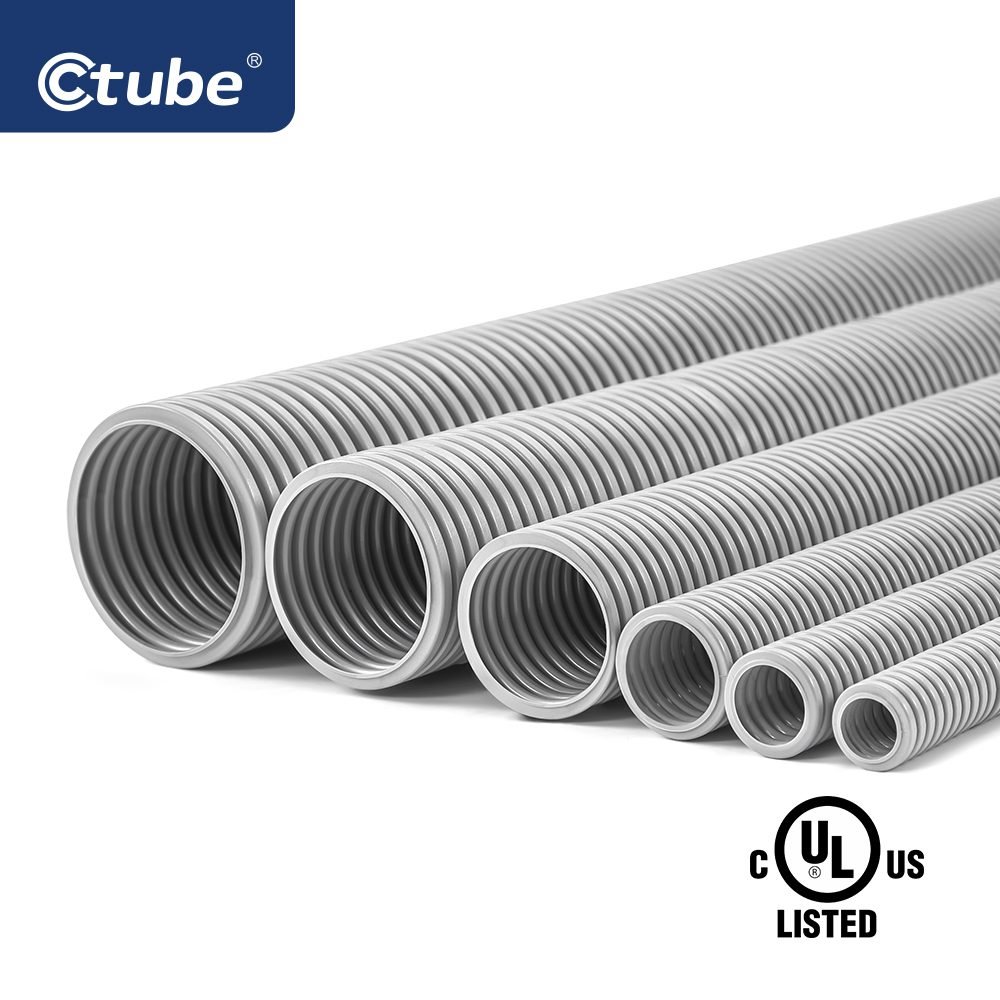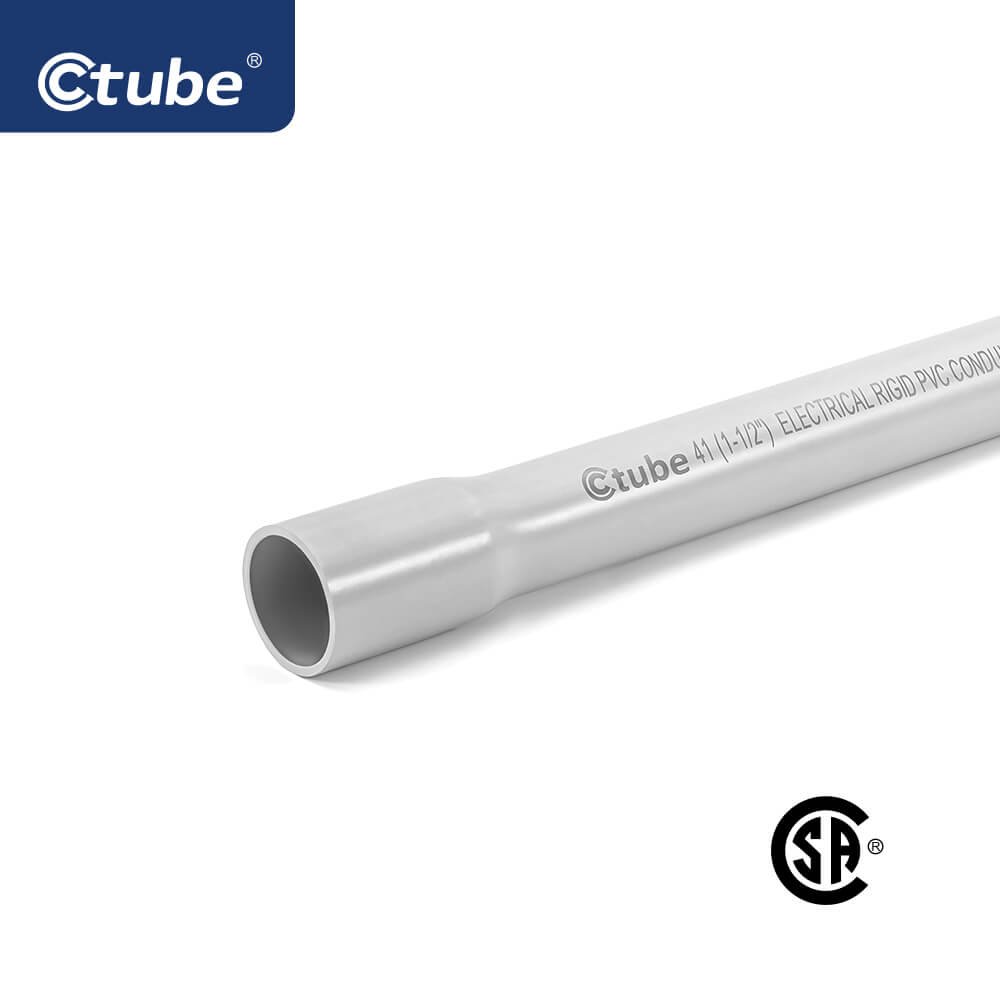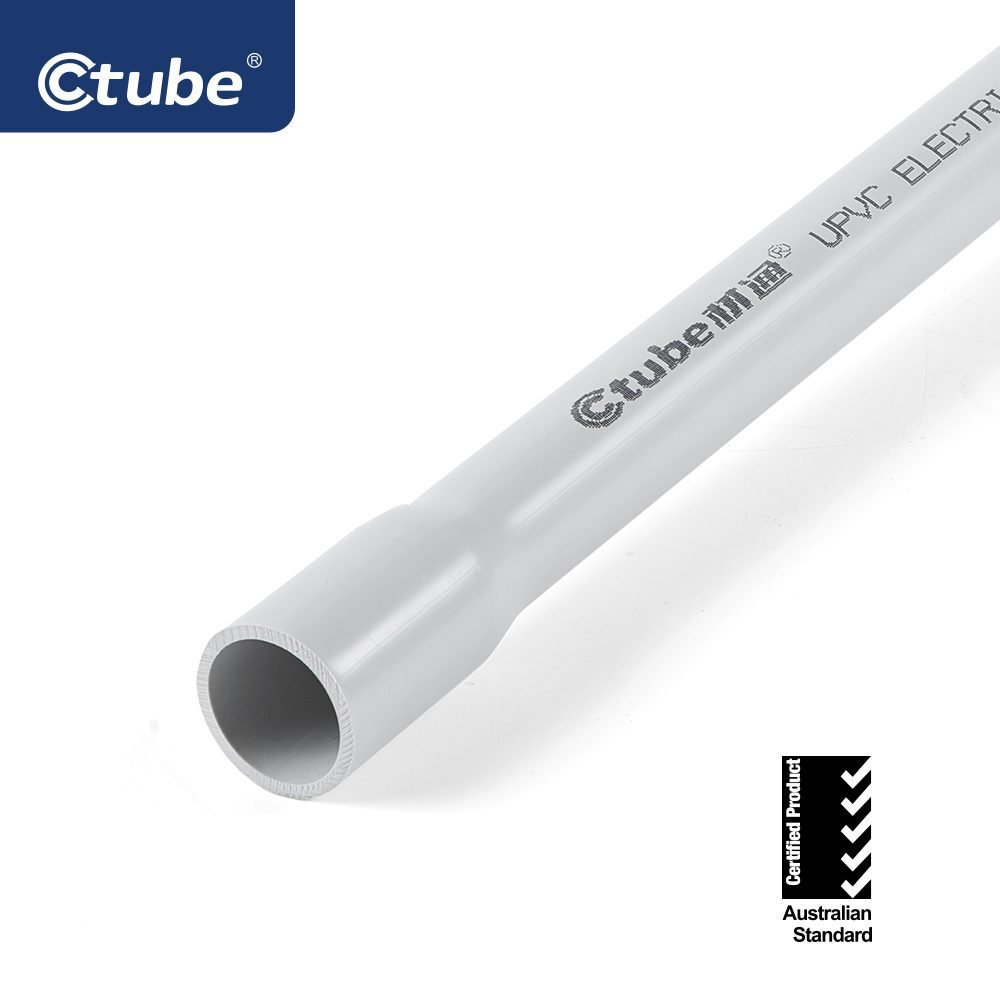What is LSZH Conduit?
Table of Contents
ToggleLow Smoke Zero Halogen (LSZH, also known as LSOH, LSFH, or OHLS) conduits are a type of electrical wire tubing specifically designed to enhance fire safety. A distinguishing characteristic of these conduits is their ability to produce extremely thin smoke and lack of halogen content when subjected to combustion.
The manufacturing material of LSZH conduits undergoes special treatment to ensure that, even in high temperature situations such as a fire, they do not emit copious amounts of toxic smoke or hydrogen halide gases. Elements such as fluorine, chlorine, bromine, and iodine, which are typically present in some conventional wire and cable materials, produce intensely irritating gases when burned that can obscure vision and cause severe respiratory harm. By contrast, LSZH materials effectively mitigate such risks.
Key Characteristics of LSZH Conduits
Low Smoke Emission: During burning or heating, LSZH conduits generate only a small amount of smoke, thus helping to maintain visibility at the scene of a fire, facilitating safe evacuation and firefighting efforts.
Zero Halogen Content: They do not contain any halogen elements, so they do not release hydrogen halide gases when burned, greatly reducing the environmental impact and hazards to human health.
Environmental Friendliness: Besides being free of halogens, LSZH conduits often exclude heavy metals like lead, cadmium, chromium, mercury, and other harmful substances, aligning with contemporary environmental principles and meeting relevant standards.
Flame Retardant Properties: Despite not containing halogen-based flame retardants, LSZH conduits can still achieve the necessary flame retardant ratings by incorporating other types of non-halogenated flame retardants.
Structural Classification of LSZH Conduit
Low smoke halogen-free conduits can be classified into the following types based on their structure:
Single-layer conduit: The single-layer low smoke halogen-free conduit is the most basic structure type. It is made of a single layer of low smoke halogen-free material. This type of conduit is commonly used in low-risk environments, providing basic wire protection and insulation.
Sandwich conduit: The sandwich low smoke halogen-free conduit consists of two layers of materials. The inner layer is typically made of polypropylene (PP) or other low smoke halogen-free materials, while the outer layer can be polyvinyl chloride (PVC) or other protective sheath materials. The sandwich structure offers higher abrasion resistance and compressive strength, suitable for environments that require enhanced protective performance.
Fiber-reinforced conduit: Fiber-reinforced low smoke halogen-free conduit incorporates fiber reinforcement materials, such as glass fiber, into the conduit. This structure provides increased strength and durability, enabling it to withstand higher pressure and external forces. Fiber-reinforced conduits are commonly used in applications that require additional protection and strength, such as industrial settings or locations exposed to harsh environmental conditions.
Multi-layer composite conduit: The multi-layer composite low smoke halogen-free conduit consists of multiple layers of materials. These layers can include low smoke halogen-free materials, insulation layers, maintenance layers, etc. The multi-layer composite structure offers comprehensive protection and performance, suitable for high-risk environments or applications with special requirements.
These different structure types allow low smoke halogen-free conduits to meet various application needs and safety standards. Selecting the appropriate structure type for a specific application ensures the safety, reliability, and durability of the wiring system.
LSZH Conduits Application
Low smoke zero halogen (LSZH) conduits, due to their exceptional flame retardant, low smoke emission, and non-toxic properties, are widely adopted in a variety of scenarios where stringent fire safety and environmental protection standards are required. Below are some typical applications:
- Public Transportation Facilities: Including but not limited to the interior wiring and cable protection in vehicles such as airplanes, trains, subways, ships, and buses. These spaces are relatively enclosed and densely populated. In the event of a fire, LSZH conduits can significantly reduce the production of toxic smoke and corrosive gases, thereby ensuring passenger safety and preserving equipment integrity.
- High-rise Buildings: Electrical wiring inside residential high-rises, commercial buildings, office towers, hotels, and shopping malls, particularly in critical areas like escape routes, fire protection facilities, and elevators. The use of LSZH conduits can minimize the impact of smoke on personnel evacuation during a fire.
- Important Public Facilities: Hospitals, schools, libraries, theaters, sports stadiums, broadcasting stations, museums, and other places with heavy foot traffic and extensive equipment. LSZH conduits effectively reduce fire risks and protect costly electronic devices from damage.
- Underground Projects: Subway systems, tunnels, underground shopping centers, parking garages, and air-raid shelters where ventilation conditions are usually poor, and dense smoke easily forms during a fire. LSZH materials minimize the threat posed by smoke to personnel.
- Petroleum and Chemical Industry: Oil refineries, chemical plants, natural gas extraction and transmission facilities, where the use of LSZH conduits can mitigate secondary dangers in explosive environments, ensuring life and property safety.
- Energy and Power Facilities: Nuclear power plants, thermal power stations, substations, wind farms, photovoltaic power stations, and other power facilities. Selecting LSZH conduits enhances the overall safety of power systems.
- Military and Defense Facilities: Critical military bases, command centers, radar stations, and similar sites where LSZH conduits contribute to ensuring the normal operation of facilities in the event of a fire or other emergency situations.
- Smart Buildings and Data Centers: Modern smart buildings and large-scale data centers house a multitude of electronic devices and sensitive information. Beyond basic circuit protection, LSZH conduits effectively suppress hazardous smoke and corrosive gases during a fire, thereby reducing damage to precision electronic equipment.
Is LSZH better than PVC?
LSZH (Low Smoke Zero Halogen) and PVC (Polyvinyl Chloride) conduits serve different purposes and have distinct advantages depending on the application and safety requirements.
LSZH conduits are designed with a focus on improving fire safety and reducing the environmental impact of materials used. They are advantageous in environments where minimization of toxic smoke and fumes is critical, such as public spaces, transportation systems, healthcare facilities, and data centers. In the event of a fire, LSZH conduits emit much less smoke and no halogen gases, which improves visibility and reduces the risk of harm to humans and the environment.
On the other hand, PVC conduits are more affordable and widely used due to their durability, water resistance, and ease of installation. PVC has good electrical insulation properties and is resistant to many chemicals, making it suitable for many general-purpose electrical installations.
However, when comparing the two based on fire safety alone, LSZH is considered superior due to its low smoke emissions and absence of halogen gases that can be toxic and corrosive. PVC, containing chlorine, releases hydrogen chloride when burned, which can pose significant health risks and environmental concerns.
So, while PVC might be a more cost-effective option for general applications, LSZH would be the preferred choice in scenarios where enhanced fire safety and low environmental impact are top priorities. The decision to choose one over the other should always take into account the specific project requirements, safety regulations, and budget constraints.

